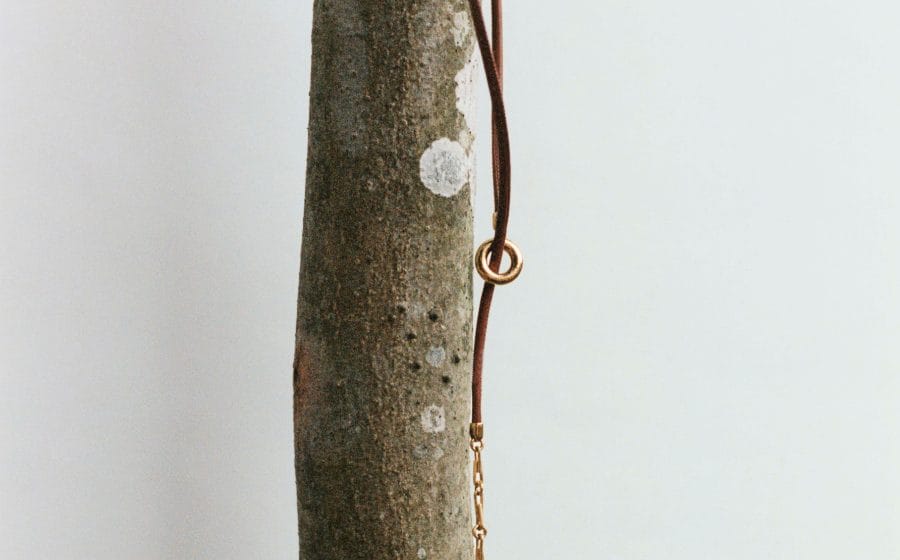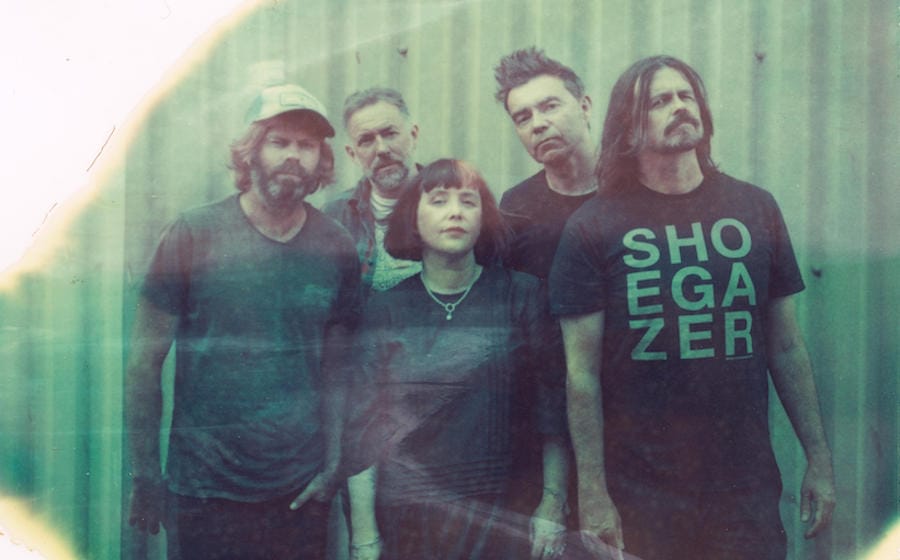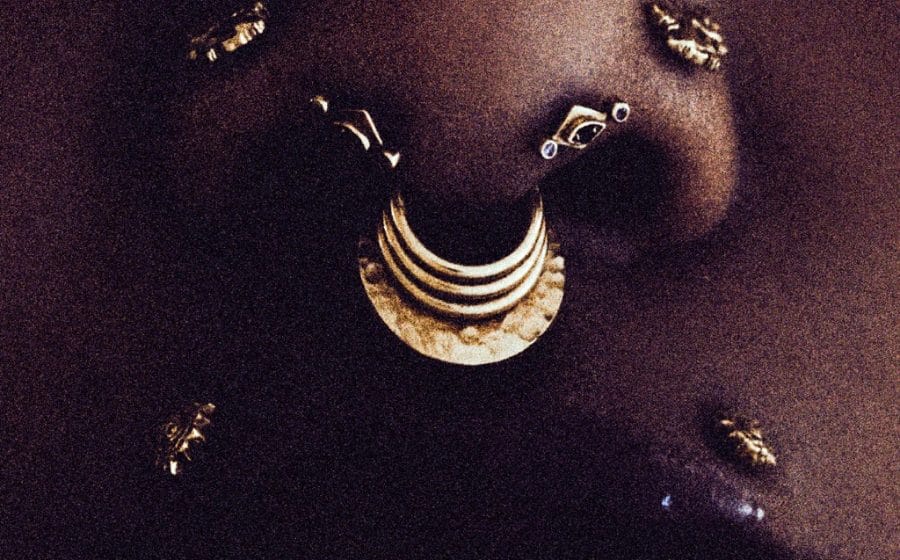
Frankly, the Halston miniseries on Netflix was wildly inaccurate. Halston was never assaulted as a child (in fact, you could say it was wholesomely middle-class) and before he met Liza Minelli, he was already dressing the likes of Lauren Bacall and Carol Channing. In fact, where was Andy Warhol? Why did Elsa Peretti not throw the fur coat Halston gave her into a fire in a fit of range? Then again, we’re talking about a Ryan Murphy production that eschews the facts for the fantasy, so much so that the HALSTON Archive and Family spoke up about it as well — #fakenews.
But that’s not the point of this story today. Here, we’re here to talk about some long forgotten American Fashion Designers we’d like to see on Netflix and yes, we’d gladly take a royalty cheque.
Pictured above: Woolrich — 1830
“The Original Outdoor Clothing Company” has been dressing clothing outdoor enthusiasts for over 191 years with products that feature one star insignia, the Buffalo Check whose name is inspired by a herd of buffalo owned by a Woolrich designer. If Brooks Brothers lays claim to being America’s oldest clothing retailer, then Woolrich is the country’s oldest outdoor clothing retailer.
They’ve dressed surburban housewives, US soldiers and anybody hankering for a parka (their version is the Artic Parka which was adopted by workers who built the Trans-Alaska Pipeline System) for almost a bicentennial and while they might be less popular than their contemporaries like Canada Goose, the Netflix drama based on the brand will make for some exciting watching.
They nearly went bankrupt in the 1980s thanks to the likes of Timberland and Patagonia, their CEO also literally died in their office in 2007 and one of their board of directors is… a Republican.
—
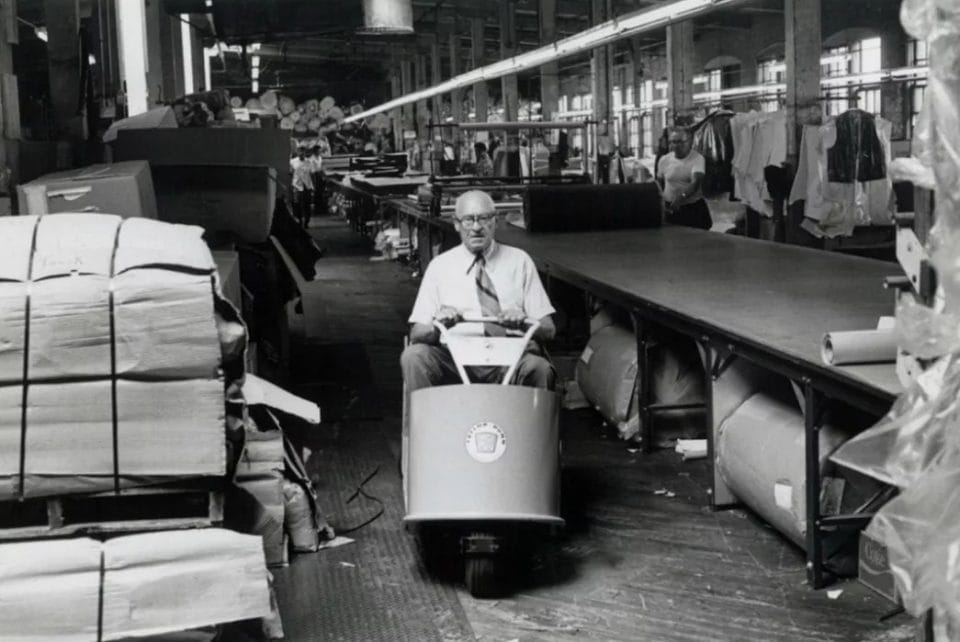
Schott — 1913
15 years after starting his business, Irving Schott created one of the most enduring pieces of American fashion history — the Perfecto motorcycle jacket. But let’s dial back a little bit to the brand’s origins. Firstly, it was the first company in the world to close its coats with a zipper, instead of buttons and toggles that were commonly used at the time.
Secondly, one of the American fashion designers we’d like to see on Netflix has pretty interesting beginnings. He was the son of Russian immigrants, his first shop was on Manhattan’s Lower East Side (fyi, it was pretty wild in 1913) and he had instant success with his fur-lined rain coats. Basically, it’s the feel-good underdog drama we’ve come to love.
Back to the Perfecto jacket, the blue print of the biker jacket everybody seems to have today be it from H&M or Balmain. Sold at just USD$5.50 — USD$117.85 today but the real retail price will set you back USD$825 — at a Harley Davidson dealer on Long Island, it quickly found its way on the backs of bad boys like James Dean and Marlon Brando.
Another piece of outerwear they’ve perfected is the Flight Jacket, worn by U.S. Air Force during World War II. Sit back now and think of how great their Netflix documentary is going to be — the kind of American apparel we can get behind.
—
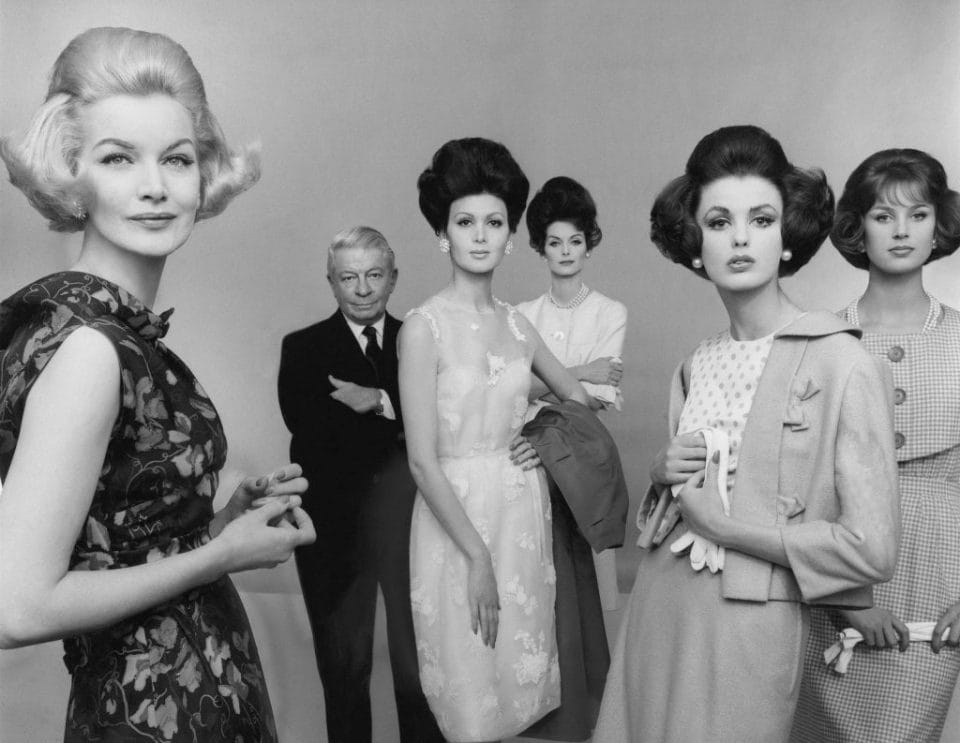
Photo Credit Irving Penn for Vogue
Mainbocher — 1929
Firstly, we’re going to educate you on how to pronounce the name of this brand. It’s “main-bo-shay” and ironically, the pronunciation for the designer’s name is “main-bocker”. Semantics, semantics.
While you might have noticed that some of the American fashion designers we’d like to see on Netflix might not have humble beginnings, think about the drama for Main Rousseau Bocher’s show. This was the designer who demanded double-page spreads for Vogue and who terrorised his atelier to change the millimetres on clothing seams. In fact, he was a Voguette himself for both the French and American versions. The latter, was where he contributed the famous drawing of the Chanel “Ford”, a little black dress.
Rousseau too, was credited with liberating women from the somewhat stifling trend of the 1920s. He pioneered the short thigh-skimming evening dress (1931), the strapless dress (1934), a cinched-to-the-waist silhouette that predated the New Look (1939), the evening cardigan (1941), and the sheath dress (1946). All a testament to his design philosophy that he wanted women to look severely elegant.
And if you’re into a very specific shade of pastel blue today, you have Main Rousseau Bocher and Duchess of Windsor Wallis Simpson to thank. The specific shade you’re loving is “Wallis Blue”, a colour the American couturier created in 1937 for a wedding dress and trousseau.
—
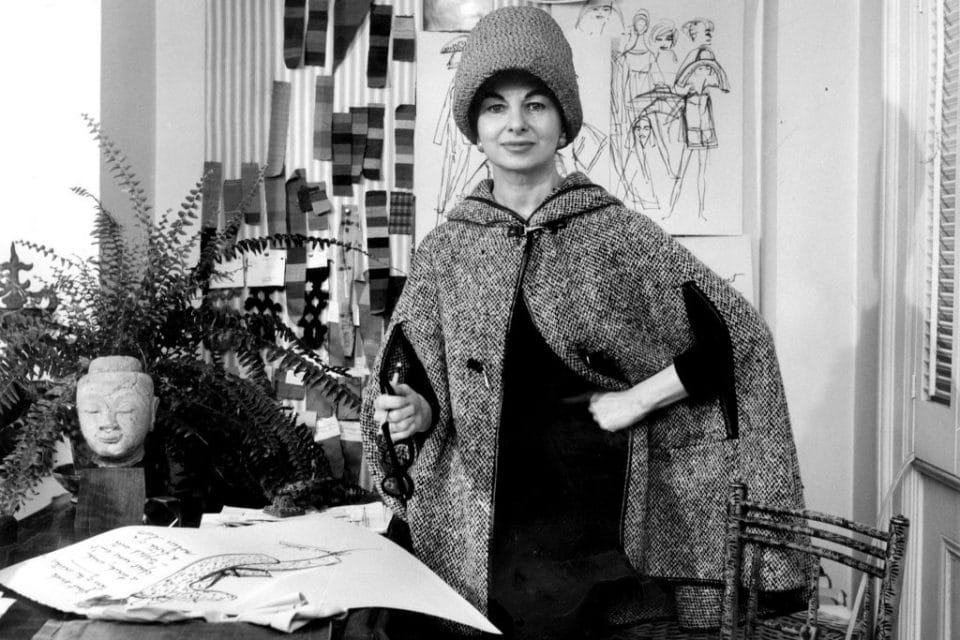
Photo Credit The Bonnie Cashin Archive
Bonnie Cashin — 1949
It’s hard to find an American fashion designer who can be lauded for inspiring some of this generation’s finest like Marc Jacobs and Phoebe Philo, and this designer is called Bonnie Cashin. Or, the woman who first used hardware like zips, latches and turn locks on apparel.
While she was known for her many quirks (like using industry awards as doorsteps or urging people in stores to layer their clothing), we still feel the influence of Cashin today in the way we dress. It’s called sportwear, the laidback look we’ve employed in times of turmoil and triumph. One of the legendary American fashion designers will make for some great Netflix drama. Just imagine her slashing away at the excess and gilt of her era.
Another tasty tidbit of trivia about Cashin — she was the brains behind Coach in 1962 when she was tapped by Gail Leather Products to design a line. Word’s on the street that you can score one on eBay today for a pretty decent price.
—
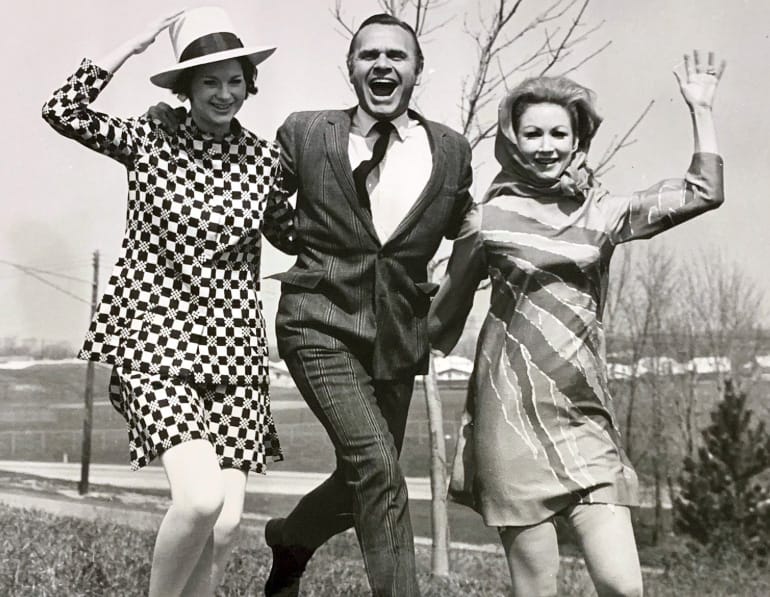
Bill Blass – 1959
The American fashion designer protege of Baron de Gunzburg — the French born socialite and magazine editor — quite literally had it all. A coterie of clients (Happy Rockefeller! Brooke Astor! Gloria Vanderbilt!), a really solid licensing fee from perfumes and chocolates, and the crown for being the first American couture fashion designer to start a men’s wear line. Legend says too that you can pick up anything “Bill Blass” like ties, socks and belts to suits on resale sites.
Beyond all these accolades, the easiest way to describe Blass’s work is in the luxury of simplicity. A pea coat comes fashioned with white mink, a day dress is paired with a cashmere sweater over the shoulders and even the simplest of dresses come with feminine ruffles, a signature style from the House of Blass.
If that isn’t impressive enough, he was the first designer to become his own model in an ad campaign, a trait that Ralph Lauren and Calvin Klein picked up subsequently.
—
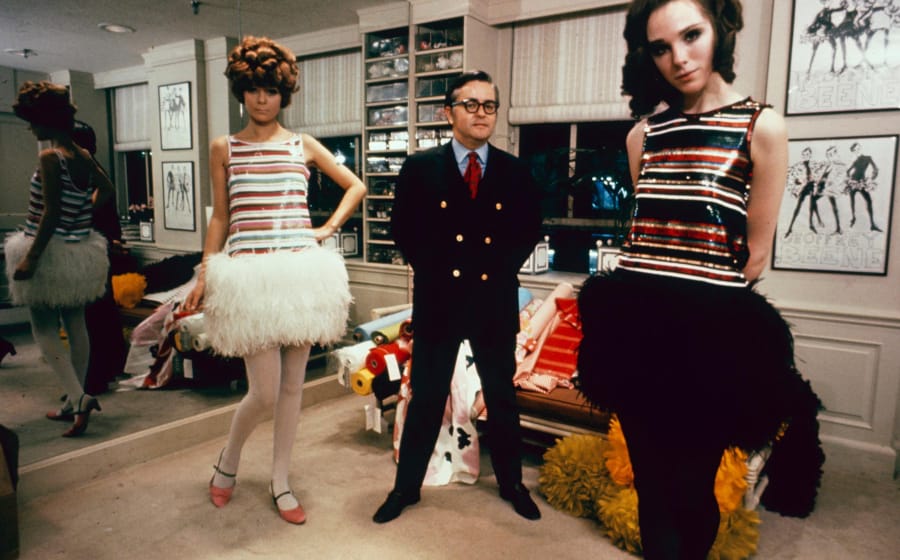
Geoffrey Beene — 1963
Another god-parent of minimalism — a particular trait that makes American fashion so desirable — alongside his peers, Beene was not just a Seventh Avenue star. He was the household name for sophisticated sportswear — sweatshirt fabrics for day dresses, denim for evening wear and dresses that were literally “dangerously” minimalistic.
One of the American fashion designers we’d love to watch on Netflix has a chip on his shoulder that will make for some entertaining television. He never achieved financial success like Halston or Cashin because frankly, he was a menace to the press. In particular, he was aggrieved over Women’s Wear Daily sending a junior reporter to preview his Fall 1983 collection and that ended up, well, nearly killing his brand.
While his line sadly folded after 40 years, you can still feel his legacy today when you wear any pieces of his contemporaries. Yes, even sequinned sweatshirts from Tom Ford.
—

Perry Ellis — 1976
The good boy of American fashion (no drugs, hookers or Studio 54 romps for him) has done what most of his peers could not. Establishing a truly profitable lifestyle brand without selling out to the big wigs.
While Ellis has lent his name to things like travel golf sets, perfumes and furniture, he did it with one design philosophy in mind — “fashion dies when you take it too seriously”. Fashion was like a fruit to him, it had to be eaten fresh and without fuss. The latter, a factor he decided to have in mind when he coined the “Slouch” look — separates based on pieces like oversized jackets or thick sweaters that could work in different combinations.
At a specific time period when fashion designers were becoming media darlings, Perry Ellis remained somewhat of an anti-fashion hero. He was incredibly handsome, yet dressed in an anti-fashion uniform consisting of khaki pants, a dress shirt with the cuffs rolled up. A look many of us aspire to and wear today.
—
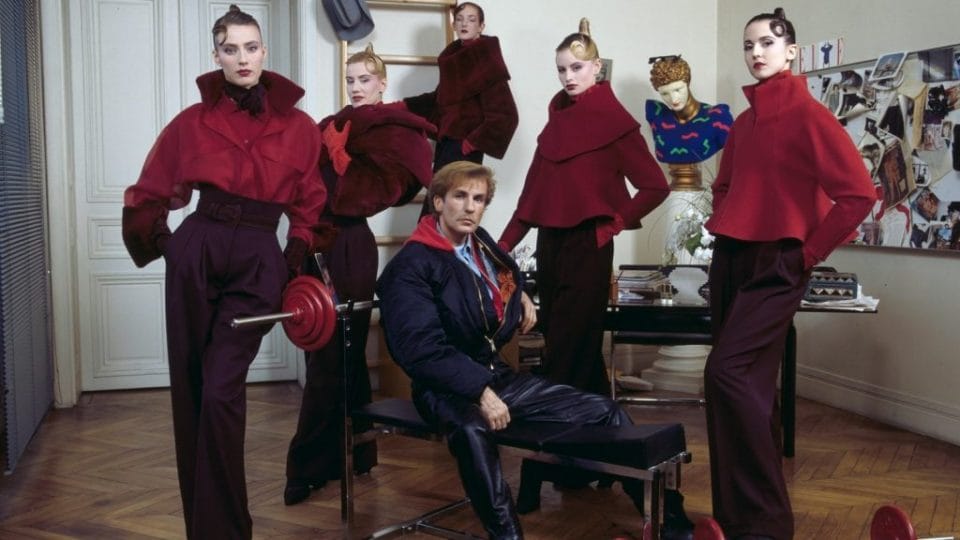
Claude Montana — 1979
Claude Montana himself, is quite a mystery. In fact, if one of the most enigmatic American fashion designers were to hit the Netflix screens, we’d demand a sequel. This is after all, the designer who literally exploded into the American fashion scene with colours (deep blues, vibrant pinks and mustard yellows) and cuts (#shoulderpads).
While this influence has been adopted by the likes of Olivier Theyskens, Gareth Pugh and Riccardo Tisci in recent times, it caused a stir in the 1980s when women adopted it to power dress. They were after all, no longer just receptionists in offices. They were the women who had a receptionist.
If you’re wondering what particular scene we had in mind for his Netflix drama, we’re thinking of his earlier shows where people would bang the venue doors to be let in only to start crying when it was over. That’s quality entertainment.
—
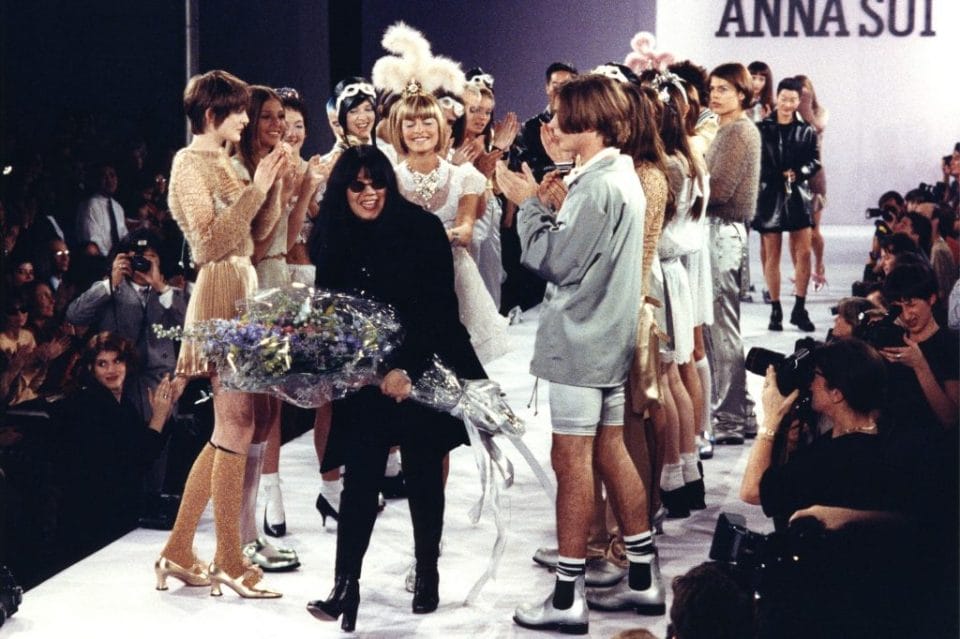
Anna Sui — 1981
Most of us have one iconic Anna Sui product in mind — her Dolly Girl perfume heads. In reality and in a fashion context, Sui’s concept for her eponymous line has not shifted in over 40 years. While some might call her work linear, it can be said that it takes true dedication. In this case, the “Anna Sui” look is part rock-and-roll and part Virgin Suicides.
But that’s not just because she dresses like that. In fact, she was inspired and desired to dress rock stars and people who attended their concerts. Leather, studs, sequins, grunge and floral prints, a sort of David Bowie-esque kaleidoscope if you will.
The breakthrough of her future Netflix show however (fingers crossed) would be in 1991 when she shot to fame after Madonna wore a full look in Vogue. And if you’re wondering about the cultural relevancy, that was the era where brands did not dictate full looks.
Once you’re done with this story about the American Fashion Designers we’d like to see on Netflix, click here to catch up with our June/July 2022 issue.

